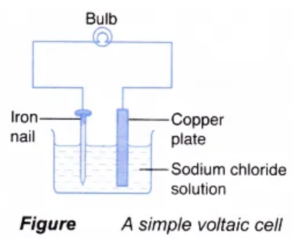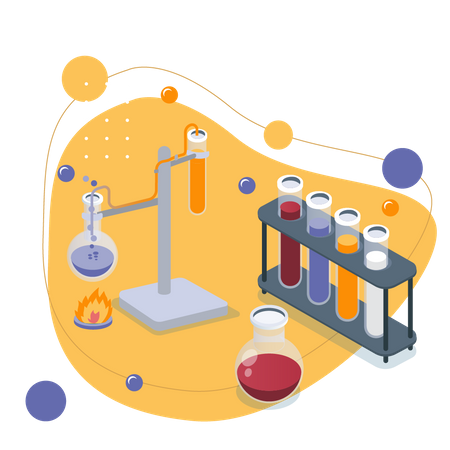Cells & Batteries (GCSE Chemistry)
Cells & Batteries
Cells and Batteries
Forming Cells
- Cells can produce electricity. Chemicals inside cells can react together, in order to produce electricity. This is a very simple way of producing electricity.
- Cells consist of 2 metals and an electrolyte. Simple cells are made up of 2 different metals, with different reactivity, are placed in contact with an electrolyte. The two metals are known as electrodes. The electrolyte is made up of ions.

- Current is passed through the cell. Once the cell is set up, a current passes through it, allowing the cell to conduct electricity. The ions in the electrolyte react with the 2 electrodes, setting up a potential difference between them, and producing a current.
Factors Affecting Cell Voltage
- The voltage of a cell can vary. The voltage produced by the cell can change. Often the voltage depends on the types of electrode and electrolyte present.
- Electrode reactivity can affect cell voltage. If the electrodes have a large difference in reactivity between them, then the voltage of the cell will be bigger.
- The electrolyte can affect cell voltage. Along with electrode reactivity, the type of electrolyte in the cell also affect cell voltage. Different ions react differently with the metal electrodes.
- Batteries can increase voltage. When two or more cells are connected in series, they are known as a battery. When a battery is created, a larger voltage is produced, since the voltages from the individual cells are combined.
Types of Batteries
Non Rechargeable Batteries
- Non-rechargeable batteries have limited reactants. Non-rechargeable batteries use a specific number of reactants. The reactants are found in small amounts within these non rechargeable batteries.
- Reactions stop once reactants are used up. The limited amount of reactants are used in irreversible reactions. This means that once the reactants are used up, all reactions will stop. The cells no longer produce charge, therefore the battery must be replaced.
- Alkaline batteries are non rechargeable. After some time, alkaline batteries no longer produce charge. They are non-rechargeable, meaning that the battery must be replaced.
Rechargeable Batteries
- Reactions can be reversed in rechargeable batteries. The reactants in rechargeable batteries can undergo a reversible reaction (⇌). This allows the battery to be recharged, as the products can reform the original reactants.
- An external electrical current is required. In order for the reaction within a rechargeable battery to be reversed, an external electrical current must be supplied. This allows the battery to be recharged.
FAQs
In chemistry, a cell is a device that converts chemical energy into electrical energy. It typically consists of two electrodes and an electrolyte, which is a substance that conducts electricity.
A battery is a device that contains multiple cells and provides a steady source of electrical energy. Batteries come in different types, such as alkaline batteries, lithium ion batteries, and lead-acid batteries, and are used in a wide range of applications, from powering small electronic devices to starting cars.
A cell is a single device that converts chemical energy into electrical energy, while a battery is a collection of cells that provide a steady source of electrical energy. A battery provides a higher voltage and more energy than a single cell.
An electrolyte is a substance that conducts electricity and is used in cells and batteries. It typically contains positively and negatively charged ions, which flow freely through the electrolyte and provide a means of transmitting electrical current.
Cells produce electricity through a chemical reaction between the electrodes and the electrolyte. The electrodes are connected to a circuit and the chemical reaction generates a flow of electrons, which creates an electric current.
A fuel cell is a type of cell that generates electrical energy through a chemical reaction between a fuel, such as hydrogen, and an oxidant, such as oxygen. Fuel cells are highly efficient and clean, and they have the potential to replace traditional fossil fuel-based power sources in the future.
A rechargeable battery is a type of battery that can be recharged and used multiple times. Rechargeable batteries are typically used in portable devices, such as smartphones and laptops, and they offer a cost-effective and environmentally friendly alternative to disposable batteries.
A galvanic cell is a type of cell that generates electrical energy through a spontaneous chemical reaction between two electrodes and an electrolyte. The electrodes and the electrolyte are designed in such a way that the reaction produces a flow of electrons, which creates an electric current.






Still got a question? Leave a comment
Leave a comment